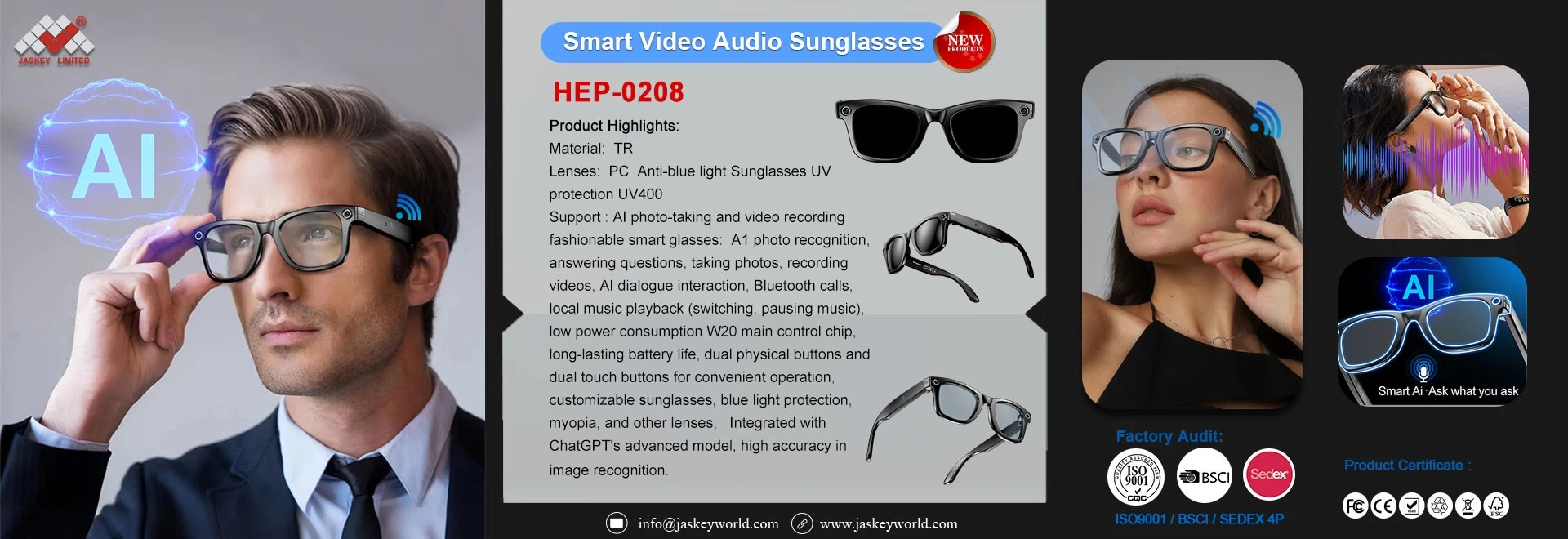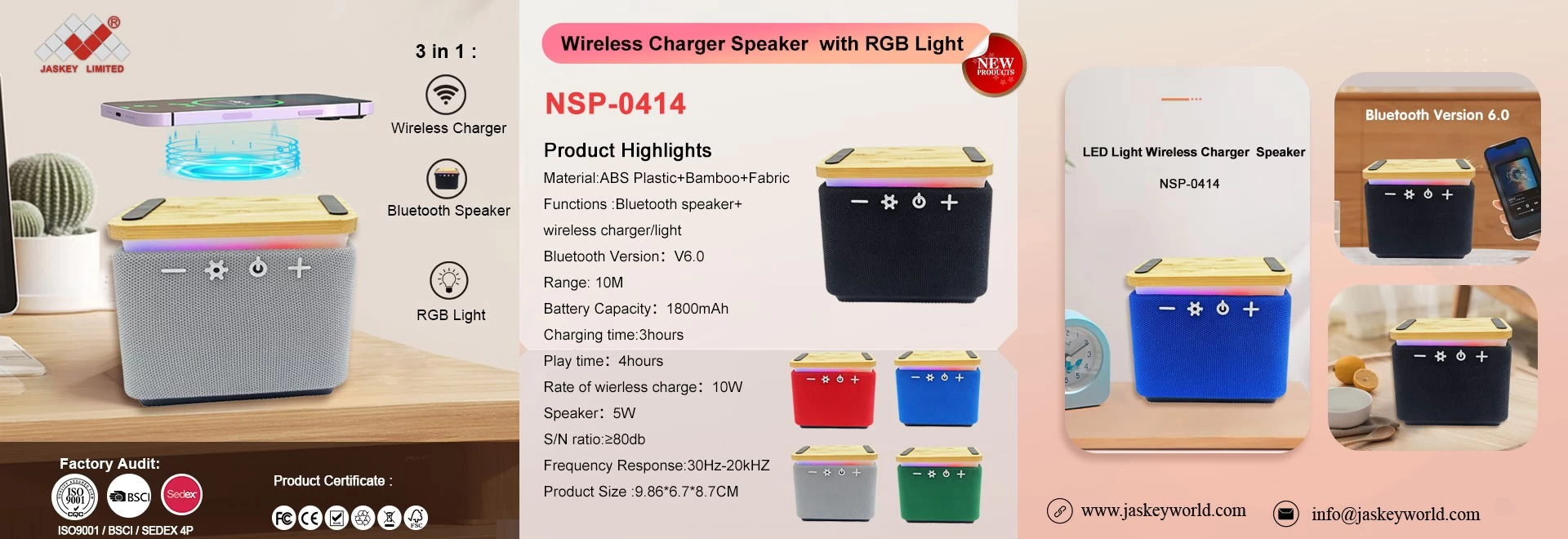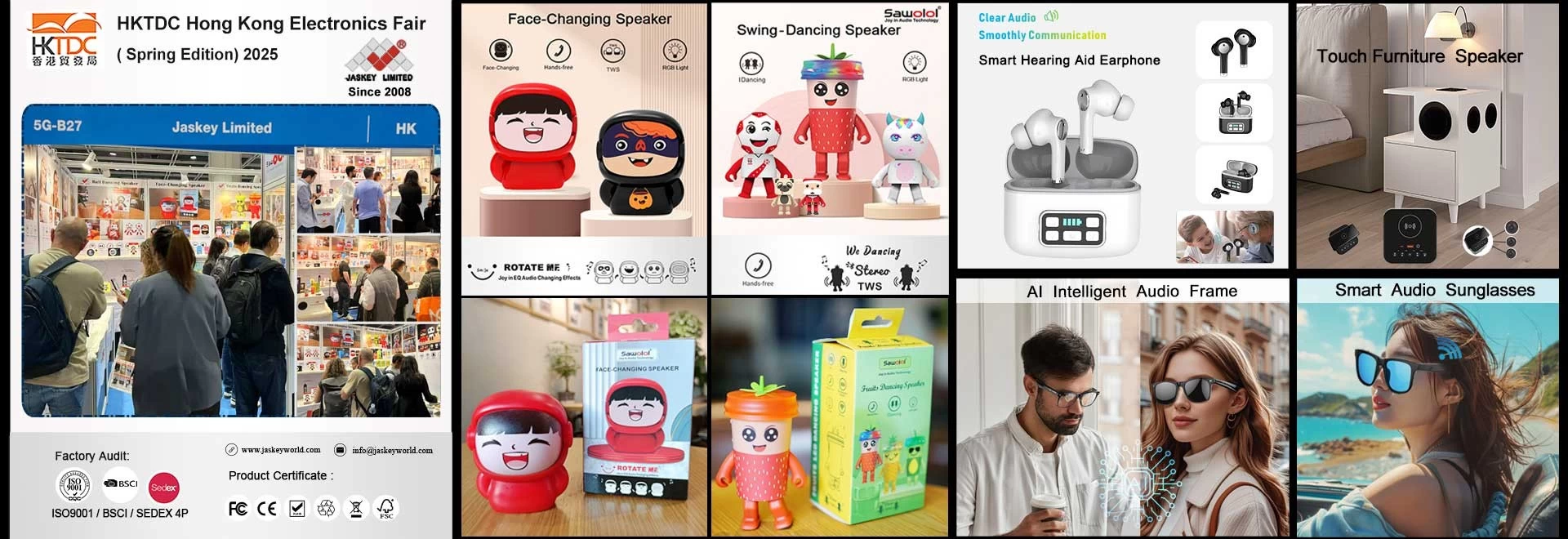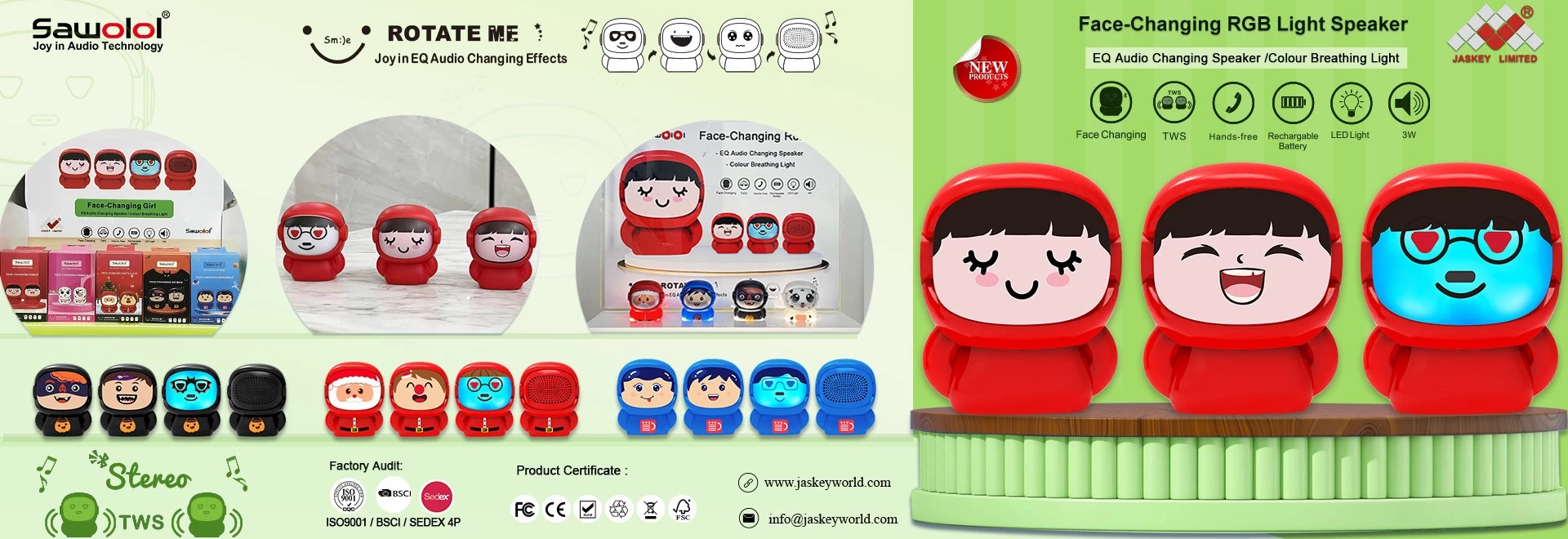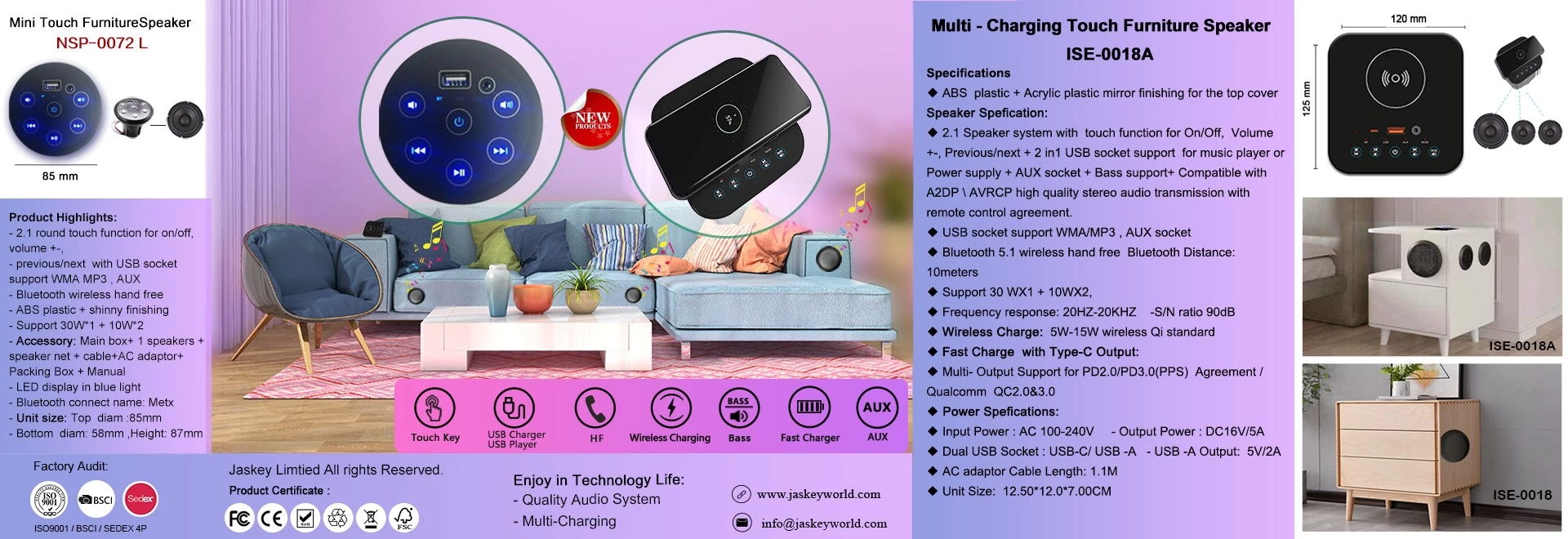TWS Bluetooth headset Low latency, high fidelity
Most consumers have accepted TWS Bluetooth headsets more and more, which has created the prosperity of the TWS Bluetooth headset market. For the most important chip of the TWS Bluetooth headset, through the continuous expansion of the user's needs, the requirements are also continuously improved, which will be a big challenge for manufacturers.
Return cost and performance to balance, and solve signal interference and environmental noise through integration
Many TWS Bluetooth headsets also have the functions of voice call, voice assistant and other functions, which are crucial to the stability of TWS Bluetooth connection. In the current complex electromagnetic environment, they will interfere with the connection of TWS headsets. . Headphone chips put forward more stringent requirements.
For how to have good anti-interference in today's complex electromagnetic environment, through the internal analog filter, digital filter, etc., you can filter out many messy signals. By placing threshold extension technology, etc., the chip's receiving sensitivity is improved. To solve related problems such as environmental noise through integration, in the future we hope to be able to integrate voice recognition chips, environmental noise processing units and other devices in a single chip, rather than just keep it systemized to solve.
There are many TWS Bluetooth headset chips on the market. For buyers, in addition to performance, the most important thing is cost performance.
On the stability and anti-interference of TWS Bluetooth headset connection, you can integrate the voice recognition chip and noise reduction processing unit into a single chip, or use a noise reduction algorithm and a powerful encoder to achieve a stable connection and strong anti-interference ability. At the same time, within the chip, optimize the size of each module in terms of IC size, optimize the size of RAM and ROM in software, improve the SDK function at the application level, and change the development time, which can effectively reduce the cost of the chip. To achieve the best balance in chip performance, performance, and cost without reducing chip performance.
Let performance and advantages run in opposite directions, and the double-issue mechanism effectively reduces.
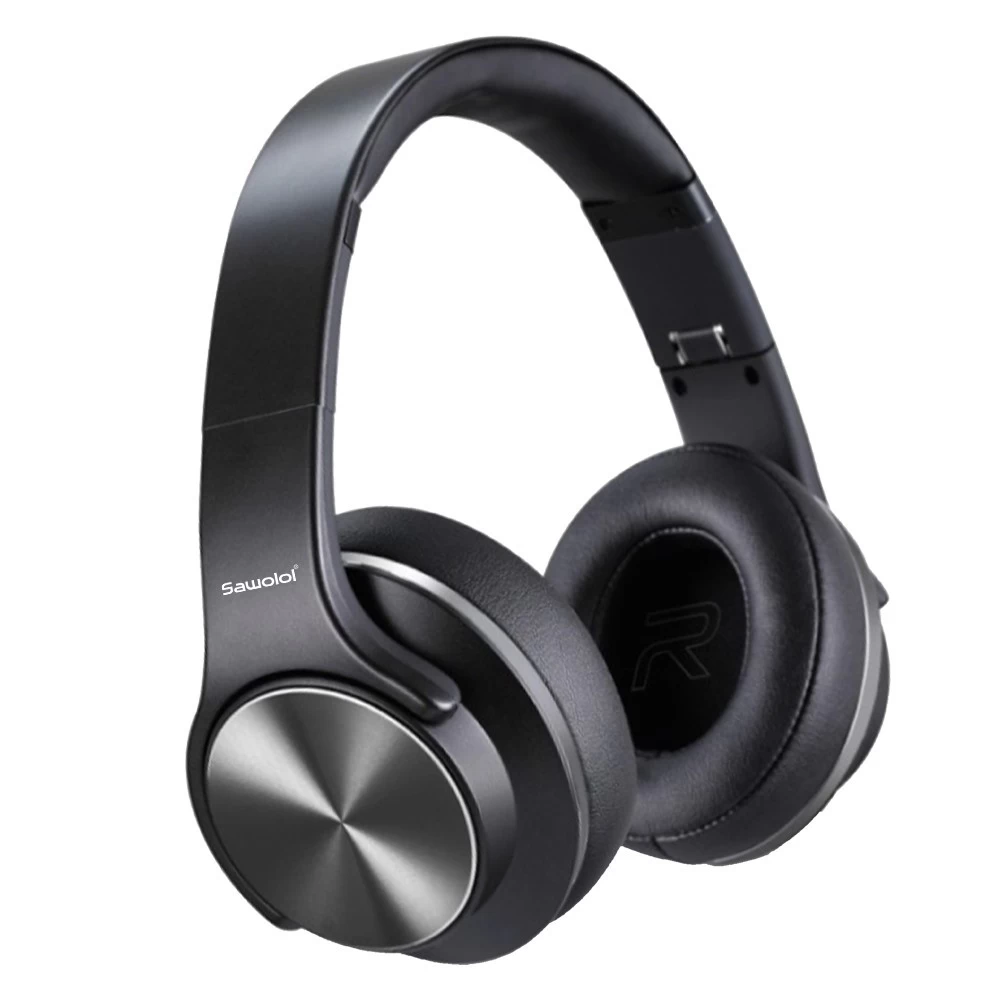
In the market today, the basic mode of the TWS Bluetooth headset has been reset, then through the combination of split headphone plus charging box. Although the earphone charging box can always enable the earphone storage device and at the same time effectively help the earphone endurance, the endurance performance of the earphone itself is directly related to the user's experience, and in terms of performance and performance, how will each manufacturer weigh.
Taking the Snapdragon 855 as an example, using the Snapdragon 855 mobile platform and the QCC chipset used in conjunction with it, Qualcomm has upgraded the experience through an end-to-end approach, especially in terms of sound quality, latency and its three aspects. The integrated QualcommTrueWireless Stereo Plus technology on the Long 855 mobile platform allows the left and right channels to be transmitted directly from the mobile phone to the left and right earbuds, which allows the two earbuds to maintain a balanced gain, which can bring supplementary playback time and help reduce time. Delay. The volume, because there is no longer the main / auxiliary earbuds, both earbuds are directly connected to the mobile phone and synchronized.
It can be seen that the future trend of TWS Bluetooth headsets is to obscure the concept of primary and secondary headsets, and any headset can play the host function. At the same time, in this mode, it can also effectively avoid the excessively high main earphones in the past, resulting in two earphones and the earphone itself, and finally causing problems such as product life extension.
The future research direction of TWS earphones should be low latency and high fidelity
The main function of the TWS headset is to receive the audio signal released by the device. Consumers naturally hope that these audios can achieve high-fidelity and at the same time can achieve alternating continuity, so that when watching movies and playing games will be smoother Experience. Therefore, the TWS Bluetooth headset without delay and the future expansion of the Bluetooth headset market will be extensive.
Regarding the problem of continuity, there are two expected. One is the forwarding mechanism for TWS, which will increase the transmission of data and make it increase continuously. The double-shot mechanism can be effectively controlled. The other is that when the RF antenna is poor, it is necessary to improve the RF antenna, which can effectively reduce the loss in this respect.
While avoiding low latency, high-fidelity audio transmission is also required. If low-latency transmission is performed with low quality, this will also reduce the user experience. High-fidelity lossless audio will become the direction of future research and development. With the advent of 5G, the bandwidth problem is solved, and lossless music will become more and more popular, but now almost all headphones transmit audio is lossy, and indeed how to compress it Damage to audio, high-definition lossless headphones is the direction of future research and development, and is also the current possibility.
Low orientation and high fidelity will become the future development direction of TWS Bluetooth headsets. In general, for the low delay, in addition to the improvement of the dual-transmission mechanism, the RF antenna can also be optimized to achieve the effect of delay. For high-fidelity, it can tolerate the support of higher-definition formats to reduce the attenuation of audio during transmission, or audio transmission through intelligent codecs, but currently there are almost no transmission methods that have certain damage to audio files. Therefore, lossless transmission will become the future research and development direction.

